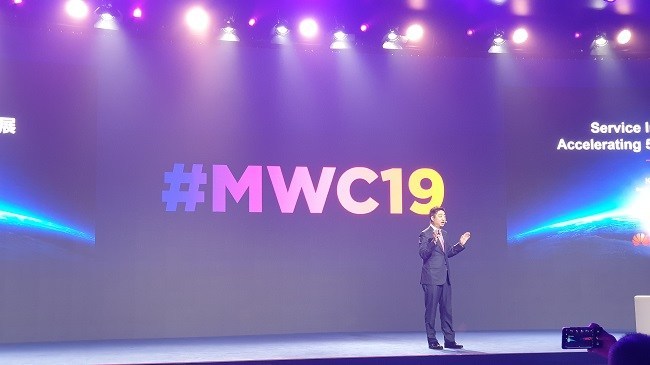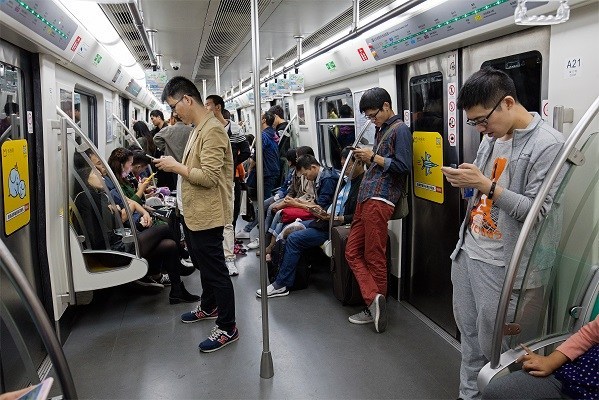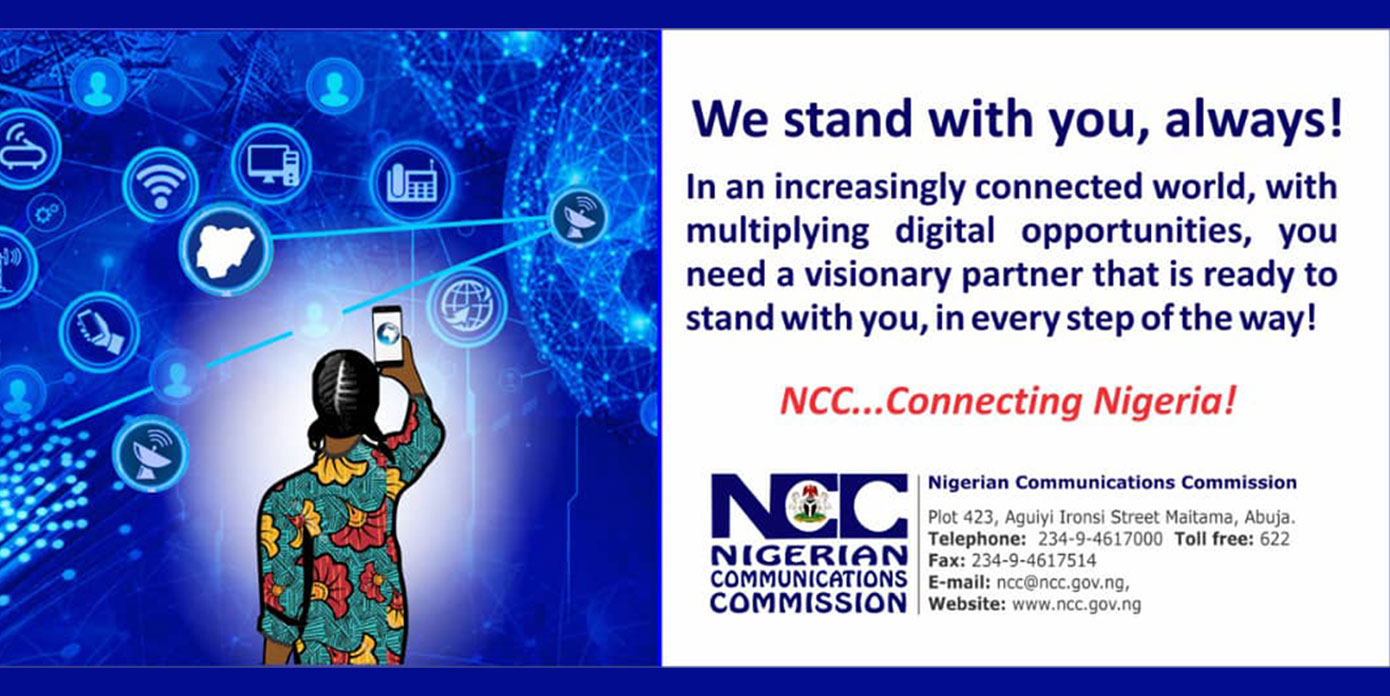- Asia To Invest $350B On 5G Rollout
- Huawei Flexes Muscle
Global System Mobile Association(GSMA) Director General Mats Granryd at the ongoing mobile world congress holding in Shanghai, China moved the technology talk forward, discussing the use cases 5G is already beginning to deliver, along with the broader societal benefits offered by all generations of mobile.
In recognition of the role and benefits of 5G to economic development and society, Mobile operators in Asia are set to invest $370 billion building-out 5G networks in the period to 2025, according to the latest Asia Pacific report in the GSMA’s Mobile Economy series.
Leading 5G tech developer and global supplier, Huawei, is using the occasion of the mobile world congress, taking place in Shanghai, China, to flex muscle over its competitive edge in global 5G deliveries and tech performances, despite it facing boycott from the US government.
In the opening keynote, Granryd noted MWC19 Shanghai is the association’s first to be fully 5G enabled, with a host of demonstrations of how the technology is already delivering on the GSMA’s vision of Intelligent Connectivity.
Demonstrations ranging from remote surgery through to AR-enhanced experiences of watching sport highlight some of the possibilities opened up by 5G.
Granryd explained mobile technology is already “at the heart of global industry, but we have the opportunity to be its soul too,” by building “a better future for everyone”. Doing so requires the adoption of leading positions in technology, security and trust, and society, along with “our collective contribution to the United Nations’ 17 Sustainable Development Goals”.
To emphasise his point, Granryd noted the mobile industry today employs a total of 32 million people directly and indirectly, generating $3.9 trillion in economic value. “Today, two-thirds of the world’s population subscribes to a mobile service,” he noted.
While a focus on leading the way in the areas outlined above clearly makes financial sense, Granryd said Intelligent Connectivity is about more than short-term gains for the industry, governments and regulators. He fired a shot across the bows of the latter, urging them to ensure sufficient spectrum is made available to operators at prices which doesn’t saddle them with huge debt and so limit their ability to actually deploy 5G networks.
“If you want to see best practice when it comes to government allocation of spectrum and 5G licences, look at China”, Granryd said, referencing a recent move which has already paved the way for a massive investment plan by China Mobile.
Other key factors include allowing operator consolidation to enable investment while maintaining competition; levelling the playing field between operators and internet companies in terms of rules and regulations; and harmonised international data privacy rules, he said.

Such actions will enable operators to unlock innovations in healthcare, smart cities, industry and supply chains. “It will bring breakthroughs in tackling dementia, loneliness and other mental health-related issues,” he explained, citing the potential for visits to relatives to be made via holograms.
Education will also be revolutionised, with vocational training in fields including mechanics, plumbing
These are no longer distant dreams. Pointing to big data as an example, Granryd noted it is already being used in India to predict where outbreaks of tuberculosis are likely, enabling awareness campaigns and treatment centres to be established “before that outbreak takes hold”.
The largest mobile operator in the world, China Mobile, “is using big data in a similar way to help to support the Chinese government’s ambition to eradicate poverty”, helping “more than 7 million” people in the nation so far.
The combination of 5G, AI, big data and IoT presents “an opportunity to make dramatic improvements to millions of people around climate, gender, economic prosperity, preventable diseases as well as mental health and wellbeing,” he explained.
“When we combine them for good, the results are both life affirming and quite literally lifesaving,” he added.
5G lead operator investment in Asia
The world’s first nationwide 5G network went live in South Korea earlier this year, and by 2025 it is anticipated some 24 Asia Pacific markets will have launched 5G services.
China is currently testing 5G across all major cities and provinces, including Shanghai, ahead of commercial launches in 2020. It is forecast 28 per cent of the country’s mobile connections will be running on 5G networks by 2025, accounting for around a third of the global 5G connection base.
The nation, alone, is forecast to invest $184 billion on 5G technology by 2025.
It was also forecast 5G will contribute almost $900 billion to the region’s economy over the next 15 years.
For all of the focus on 5G, 4G will account for more than two-thirds of regional connections by 2025. It became the most dominant mobile technology in Asia in 2018, reaching 52 per cent of connections, and “still has plenty of headroom for growth”.
But the mobile subscriber growth rate in the region is slowing, as many markets approach saturation.
There were 2.8 billion unique mobile subscribers in Asia at the end of 2018, equivalent to 67 per cent of the region’s population. The number of subscribers is expected to increase to 3.1 billion by 2025, equivalent to 72 per cent of the population.
Almost all new subscribers to be added in the region over this period will come from six countries: India, China, Pakistan, Indonesia, Bangladesh and the Philippines.
Huawei flexes 5G muscle
Deputy chairman Ken Hu who thanked the press for “all the attention” in recent months on its battles with the US government, before delving into the key place Huawei holds in the global industry.

According to reports made available to eWorldNews by Mobile Wolrd Live, said said, the company was one of the first to begin developing 5G standards “from the year 2010 when there was commercial deployment of 4G, we started to invest in 5G”. At the time, there was “no standard, let alone application scenarios” for the next-generation technology.
“When Huawei was doing 5G R&D, we were confronted with many unprecedented situations”, he explained.
Today, the vendor is reaping the benefit of that early start. In addition to winning 50 contracts and deploying more than 150,000 base stations, Hu noted it has also built up a portfolio of more than 2,570 patents, some 20 per cent of the global total around the technology.
Those patents cover infrastructure, terminals and chipsets, which Hu said makes Huawei the only vendor offering a true end-to-end solution for the technology.
Hu explained China is going through a transformation for which 5G is a key enabler, because the higher speeds and lower latency offered by the technology is enabling new services across a wide range of industries.
“I think all industries would benefit from a change in utilisation and approach from all these technologies. 5G will be an important foundation for China’s digital economy.”
Huawei established XLabs, a “new generation platform” located in Shanghai through which the vendor is using to “work with different industries to develop solutions” for example in healthcare and finance.
Hu said the facility enables Huawei to discuss how best to use 5G to benefit individual industries, whether big or small.
As China clears the way for the launch of commercial 5G services, Hu said the company feels it has “a lot of responsibilities”, many of which will be addressed through such open working, he added.













